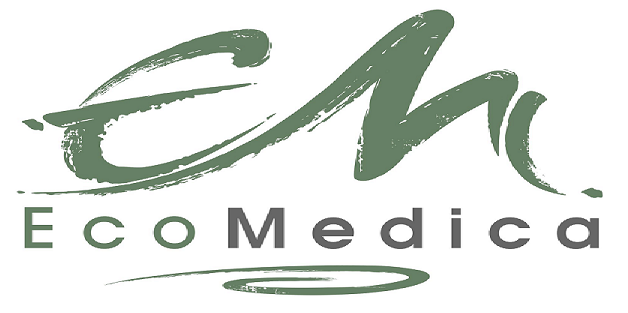The hypothalamus and pituitary are small organs in the brain that are largely responsible for the regulation of most neuroendocrine functions throughout the body which regulate hormones. They interact with each other as well as end organs such as the thyroid gland, the adrenal glands, the ovaries, testes, etc…via precise feedback systems which regulate hormone secretion.
Hypothalamic-pituitary insufficiency is common in tick-borne diseases manifesting as, hypothyroidism, adrenal exhaustion, endometriosis, polycystic ovarian disease, and a host of other hormone-mediated diseases. The phenomenon of infectious disease-causing such widespread and variable neuroendocrine disorders has not been systematically studied but is often clinically observed and requires nutritional, herbal, and sometimes pharmacologic intervention. Return of normal hormone function is important in patients with Lyme Disease if healing is to occur.
The causal mechanism for disruption of the hypothalamic-pituitary-end organ axis in Lyme Disease is not well understood, however, the hypothalamus is encased in collagen, which is known to be a place where spirochetes reside to avoid detection by the host’s immune.
In order to regain health, all of the hormonal systems need to be balanced and normalized. Additionally, nerve cells (axons) are encased in a myelin sheath composed of fatty acids, a substance that spirochetes are known to utilize. Spirochete residence and inflammation in the hypothalamus or pituitary may cause disruption of normal hormone regulation. However, pro-inflammatory cytokines such as interleukin-1, interleukin-6, and interleukin-8 produced by the host’s immune system in response to an infectious agent may also cause hormonal dysregulation. Management of these neuroendocrine pathways can be achieved only after identifying which organs (if any) are affected. Consult your doctor with concerns about optimal hormonal health, as hormones are also intricately involved in more subtle signs of health such as a sense of well-being and optimism.


